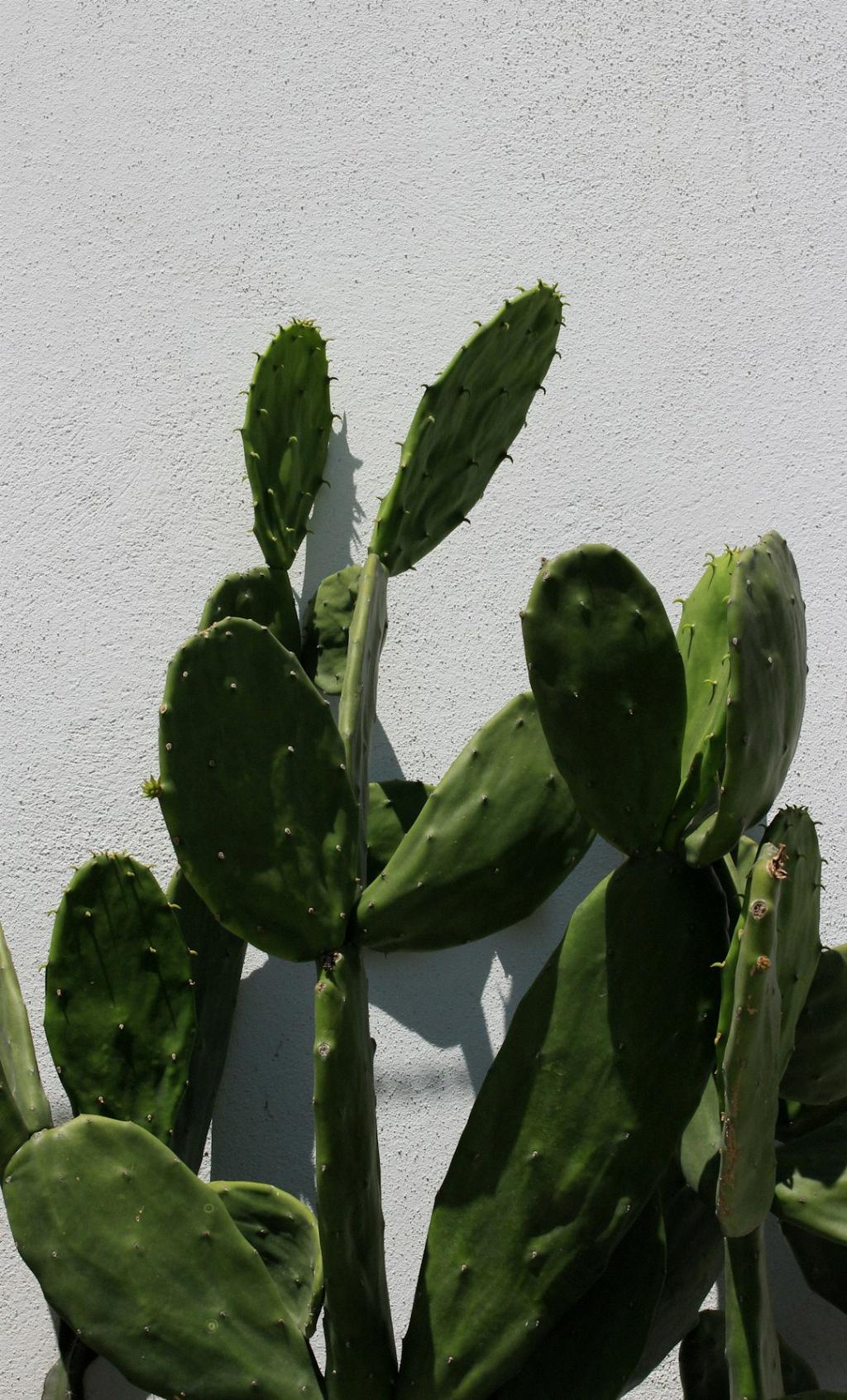When pondering the question of why cactuses have needles, one must delve into the fascinating world of botanical adaptations. Cactuses, known for their striking appearance and resilience in harsh environments, have evolved to thrive in arid climates through various survival mechanisms.
The iconic spines that adorn cactuses serve multifaceted purposes, primarily as a defense mechanism against herbivores. These sharp structures act as a deterrent to animals seeking to consume the cactus for sustenance. By deterring herbivores, cactuses can protect themselves from being eaten and preserve their limited water resources.
Moreover, cactus needles also play a pivotal role in regulating the plant’s temperature. In scorching desert landscapes where direct sunlight can be relentless, the spines create shade by casting shadows on the cactus body. This shading effect helps prevent the plant from overheating and losing precious moisture through excessive transpiration.
Additionally, the sharp spines of cactuses aid in reducing water loss through transpiration by creating a barrier that limits air movement around the plant’s surface. This adaptation is crucial for cactuses, as minimizing water loss is vital for their survival in arid environments where water is scarce.
Interestingly, the evolution of cactus spines can be traced back to their ancestral leaves. Over time, the broad leaves of early cactuses transformed into the spiny structures we recognize today. This evolutionary change was driven by the need to adapt to the challenges posed by desert conditions, leading to the development of specialized structures like needles.
Furthermore, cactus spines exhibit remarkable diversity in size, shape, and arrangement across different species. Some cactuses sport long, formidable spines that provide maximum protection against predators, while others feature tiny, hair-like needles that serve a more subtle defensive purpose.
It is worth noting that not all cactuses possess spines; some species have evolved alternative adaptations such as hair-like structures or waxy coatings to protect themselves from herbivores and environmental stressors. Despite the variation in defensive strategies, the presence of spines remains a defining characteristic of many cactus species.
In addition to their defensive and temperature-regulating functions, cactus spines also aid in light capture for photosynthesis. By reducing excess light exposure and creating shading effects, the spines help optimize the plant’s photosynthetic efficiency in sun-scorched habitats.
Overall, the evolution of cactus needles represents a remarkable example of nature’s ingenuity in adaptation to challenging environments. These spiky structures not only serve as a form of protection against hungry herbivores but also play essential roles in temperature regulation, water conservation, and photosynthetic efficiency for cactuses thriving in the unforgiving landscapes of deserts worldwide.
So, the next time you marvel at a majestic cactus bristling with needles under the blazing sun, remember the intricate story behind those spines – a story of survival, resilience, and the enduring beauty of nature’s adaptations.

